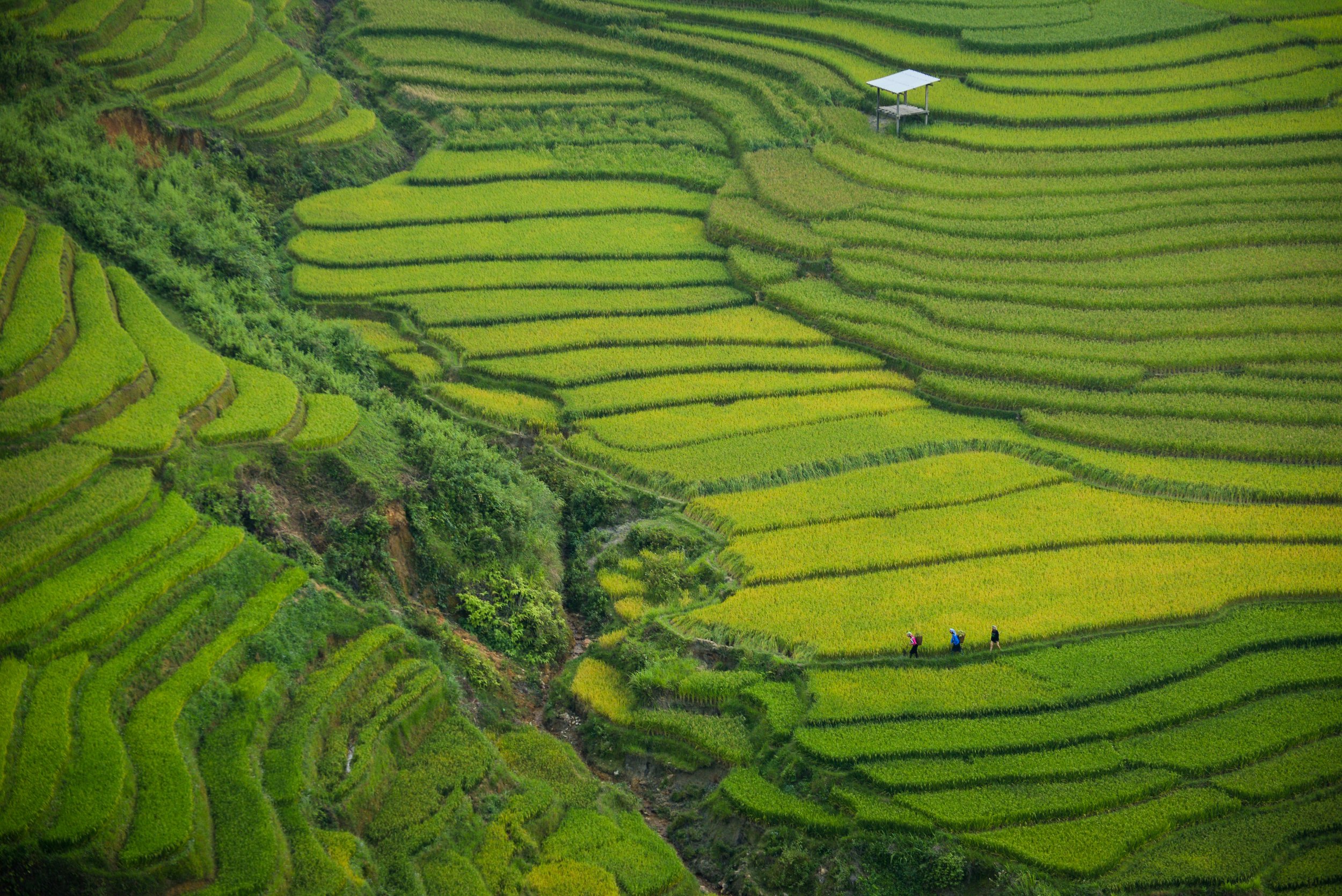Vietnam’s Scenarios for Land Based Mitigation – A Summary for Policymakers
In a new report, we provide an overview of different (Land-based Mitigation Technologies and Practices) LMTs for Vietnam and lay out how they could potentially be adopted at scale.
The LMTs we examine are very much informed by the Vietnamese context, and were chosen partly because they are in keeping with Vietnam’s Nationally Determined Contributions (NDCs) to the Paris Agreement. These NDCs were revised in 2020 to include agroforestry other additional land management practices. This report will help us more reliably estimate the technical and economic mitigation potential of different agroforestry systems, which will inform agroforestry-related activities and targets for the NDC action plan.
These LMTs that have the highest potential for Vietnam are (1) Agroforestry, (2) Afforestation/ Reforestation and (3) Biochar. Each LMT was considered for a defined scenario in relation to Vietnam’s NDC representing a fraction of total commitments.
The full scenario analysis for Vietnam can be found here, with key messages summarized in the sections below.
Agroforestry
Agroforestry, a traditional agricultural practice in Vietnam, has the highest potential of all of Vietnam’s LMTs.
Expanding the practice of agroforestry in Vietnam has a sequestration potential of 2.3–44 million ton CO2 equivalent. In addition, it would be good for soil conservation and improve resource-use efficiency. It would also help farmers to adapt to climate change thanks to its potential for regulating microclimates. Agroforestry also can help farmers mitigate market risks, including price fluctuation and situations like Covid- 19 pandemic, by diversifying farmer’s income and enhancing food security.
One of the most significant barriers to adopting agroforestry at scale is that switching from mono-cropping to an agroforestry system requires a high initial investment and is a long-term process. This means that without adequate compensation, farmers would lose a part of their income during the first few years of making this change. Other issues that policymakers should be aware of include a lack of related policies, technical guidelines, extension services and other incentives.
Afforestation/ Reforestation
Vietnam is one of very few tropical countries where forest areas have been increasing in the last 30 years. This is due to efforts made by Vietnam's government in the late 1980s to combat deforestation. These efforts lead to an increase in total forest cover to 14.4 million ha, covering 42 percent of the country. This contributed to economic growth, job creation, and poverty alleviation.
However, while the overall forest area has been on the increase, the quality of Vietnam’s forests continues to decline. Two-thirds of natural forests are in poor condition or regenerating, and only 5 percent are classified as rich and closed-canopy forests.
Partly as a result, Vietnam’s national forestry development strategy (period 2021-2023) includes measures to improve forest quality through mixed species approaches that are adapted to local conditions.
Questions about the legitimacy of the stakeholders entitled manage forests is an issue that could potentially pose a risk to scaling up Vietnam’s afforestation efforts further. Ethnic minorities are often excluded and negatively impacted by the government’s forest protection policies.
Biochar
In Vietnam Biochar is currently produced artisanally on a small scale, but there is also modern machinery that allows for larger-scale biochar production. The primary sources of biochar include rice, maize, and coffee husks. However, research on the benefits of biochar application to soil and its impact on agricultural production and soil carbon sequestration is lacking.
In the coffee sector, coffee husks have been utilized as feedstock for pyrolysis technology at the farmer cooperative level to dry coffee cherries, replacing inefficient burners. This shift not only improves the quality of coffee beans but also addresses health and environmental concerns caused by heavy smoke emissions.
A significant challenge in scaling biochar use is determining the appropriate application rate to improve soil quality, particularly in Robusta coffee growing areas affected by soil acidification, as well as market competitiveness. One potential solution is to partially subsidize biochar use through the carbon market, making it a more viable option. Considering the vast amount of coffee husks available from Vietnam's coffee plantations, there is a significant opportunity to better utilize this biomass by returning it to the soil as biochar.
Conclusion
So overall, while there are risks and challenges to be overcome, there is significant potential for Vietnam to scale the LMTs covered in our report. The country's agricultural productivity surpasses that of other Southeast Asian nations, providing abundant biomass for valorization and carbon storage, with integrated farming practices offering substantial greenhouse gas reduction opportunities. Among the LMTs, agroforestry emerges as the most cost-effective and easily scalable option. Read the full report for more detail.



